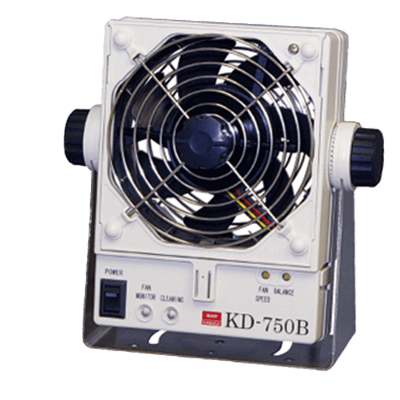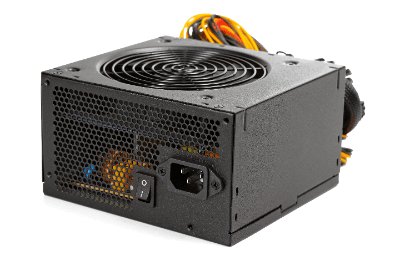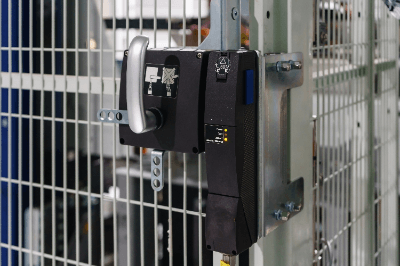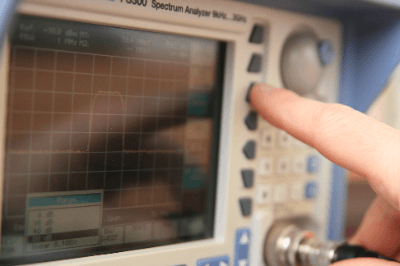What Is a Production Printer?
A production printer is a large printer that prints commercial and in-house printed materials at high speed and with high accuracy.
They are characterized by their ability to handle various sizes of printed materials, as well as a wide range of paper thicknesses and materials. Production printers enable companies to produce vivid, colorful printed materials in-house and reduce costs for business cards, envelopes, clear files, and sales paper, which are often consumed.
Uses for Production Printers
Production printer applications include printing large quantities of presentation materials, high-speed printing of color photographs, business cards, brochures, invitations, envelopes with designs, printing of product packaging, posters for advertising, and clear files with designs.
Vivid printing can be done at high speed on a wide variety of printed materials. When selecting production printers, it is necessary to fully consider the necessary functions, etc., since these products are very expensive, costing about 10 million yen per unit.
Principle of Production Printers
Production printers are mainly composed of a paper feeder, a photoconductor drum, a fusing process unit, a binding system, and a device that transports the printed materials to the respective mechanisms. The paper feeder of production printers feeds a variety of print materials to the fusing process unit and other devices.
To accommodate a wide variety of printed materials, each printer uses air to vibrate and roll up the printed materials for smooth feeding at high speed.
In the photoconductor drum, light is converted into an electrical charge and toner is adsorbed by giving static electricity to the object to be printed. In the fusing process equipment, the toner transferred by the photoconductor drum is fixed by heat treatment. Again, the degree of fusing during heat treatment is changed to accommodate various types of printed materials.
In the bookbinding system, when the printed material needs to be closed, such as a pamphlet, it is bound by heat treatment or by punching holes.
Production Printers Market
In recent years, the market for production printers has been changing.
For example, printed materials (brochures, invitations, direct mail) as a means of reaching customers are being replaced by online advertisements that appear on portal sites and search engines as smartphones become more widespread. At the same time, the paper data output of bookkeeping documents related to corporate business transactions is being replaced by decentralized processing using multifunction office equipment or is even becoming unnecessary due to the trend toward paperless printing. Thus, the market for production printers has been shrinking for a while.
On the other hand, industrial-use high-speed inkjet printers, which have been introduced continuously since around 2010, have grown to account for one-third of the production printers market (figures according to Yano Research Institute Ltd.). The reason for this growth is that inkjet printers do not come into direct contact with paper or other materials, and can therefore print on cloth and cardboard, which were previously impossible to print on. The emergence of high-speed inkjet printers for industrial use has opened up new markets that production printers had not previously targeted, such as printing on clothing and small-lot packages for confectionery, and the market shrinkage trend is slowing.
Production Printers and POD
Print-on-demand (POD) is a technology that prints the required number of copies at the required time.
In the past, production printing was done by analog means (e.g., letterpress printing, as used for newspaper printing. It refers to the printing of large quantities of prints with the same content using analog means (e.g., letterpress, as used in newspaper printing, which offers superior image quality). In recent years, advances in digital technology and MEMS technology (micro-electro-mechanical systems) have brought POD-capable production printers to the market, with expressive capabilities that exceed those of printed materials such as posters in terms of image quality.
POD is also expected to contribute to market expansion in the future, as it allows printing customer names directly on brochures and direct mail, and printing advertising images tailored to customer preferences, one sheet at a time.
 An air ionizer is a device that removes static electricity generated at manufacturing sites, etc., which can cause machine malfunctions. An air ionizer is also called a static electricity eliminator or slow electricity.
An air ionizer is a device that removes static electricity generated at manufacturing sites, etc., which can cause machine malfunctions. An air ionizer is also called a static electricity eliminator or slow electricity. A digital timer is a device that automatically switches itself on and off after a preset period.
A digital timer is a device that automatically switches itself on and off after a preset period.
 A door lock switch is a device that produces a contact output when a door is opened or closed.
A door lock switch is a device that produces a contact output when a door is opened or closed. A signal analyzer is a signal measurement, evaluation, and analysis instrument that can detect even signals with complex modulation.
A signal analyzer is a signal measurement, evaluation, and analysis instrument that can detect even signals with complex modulation.